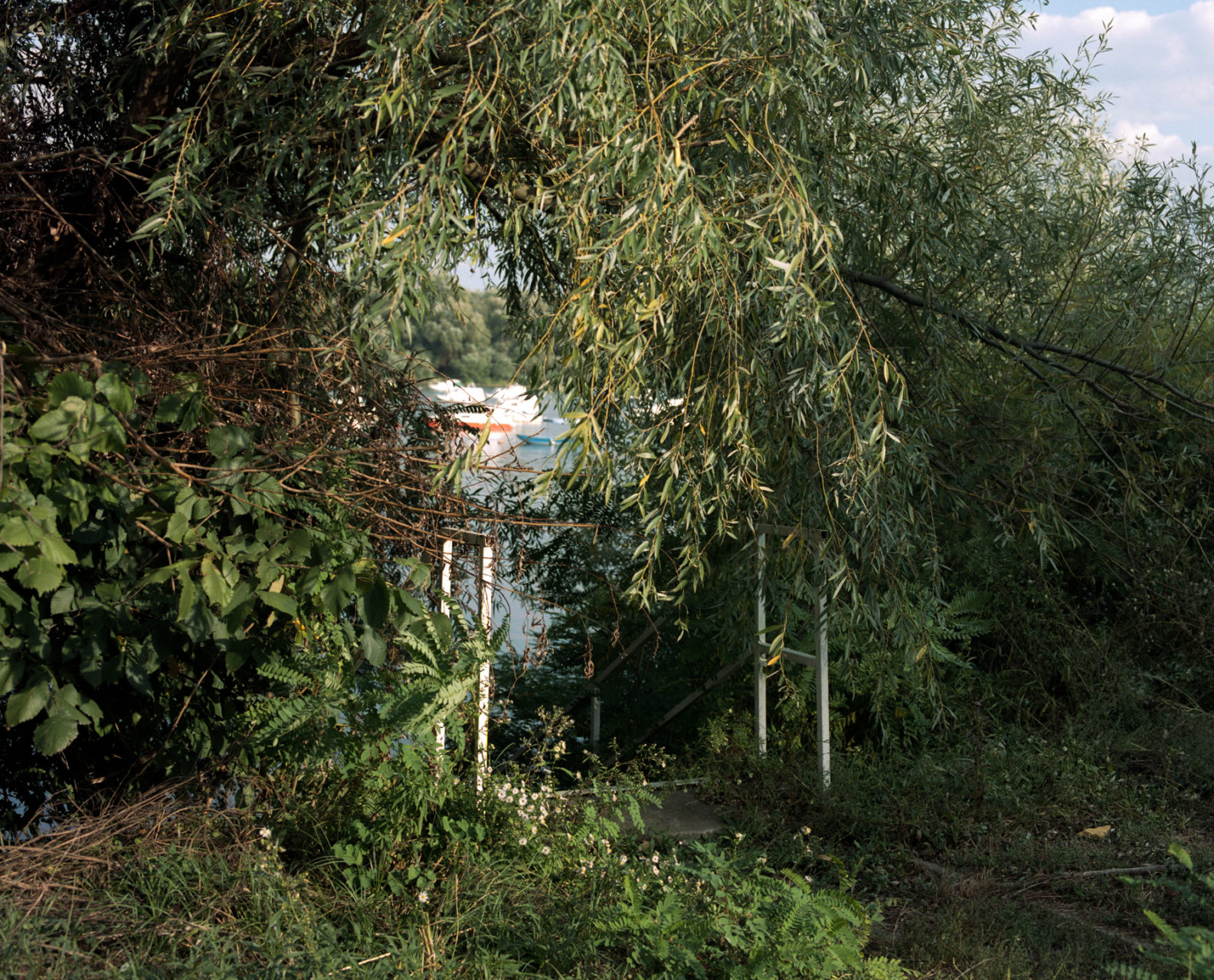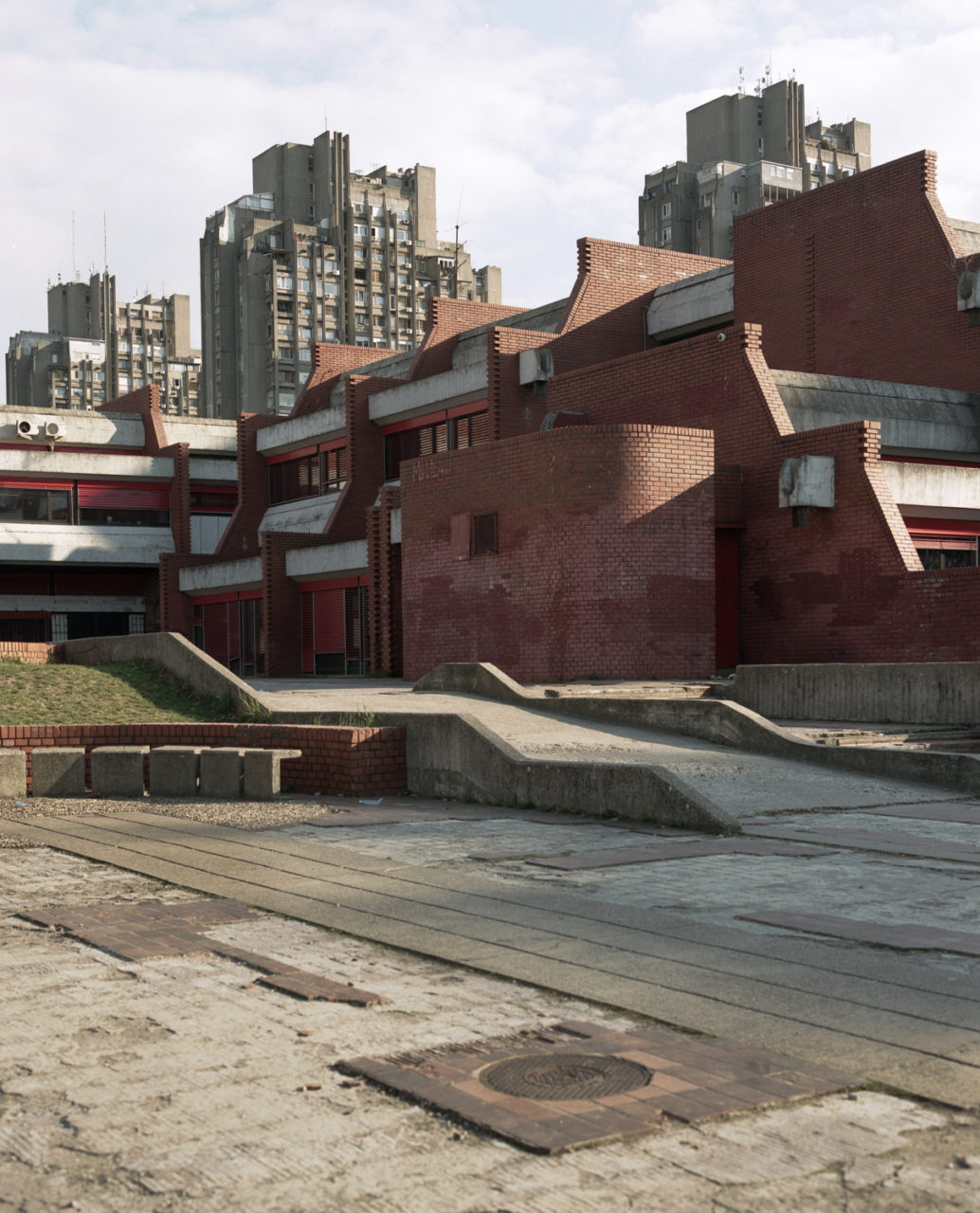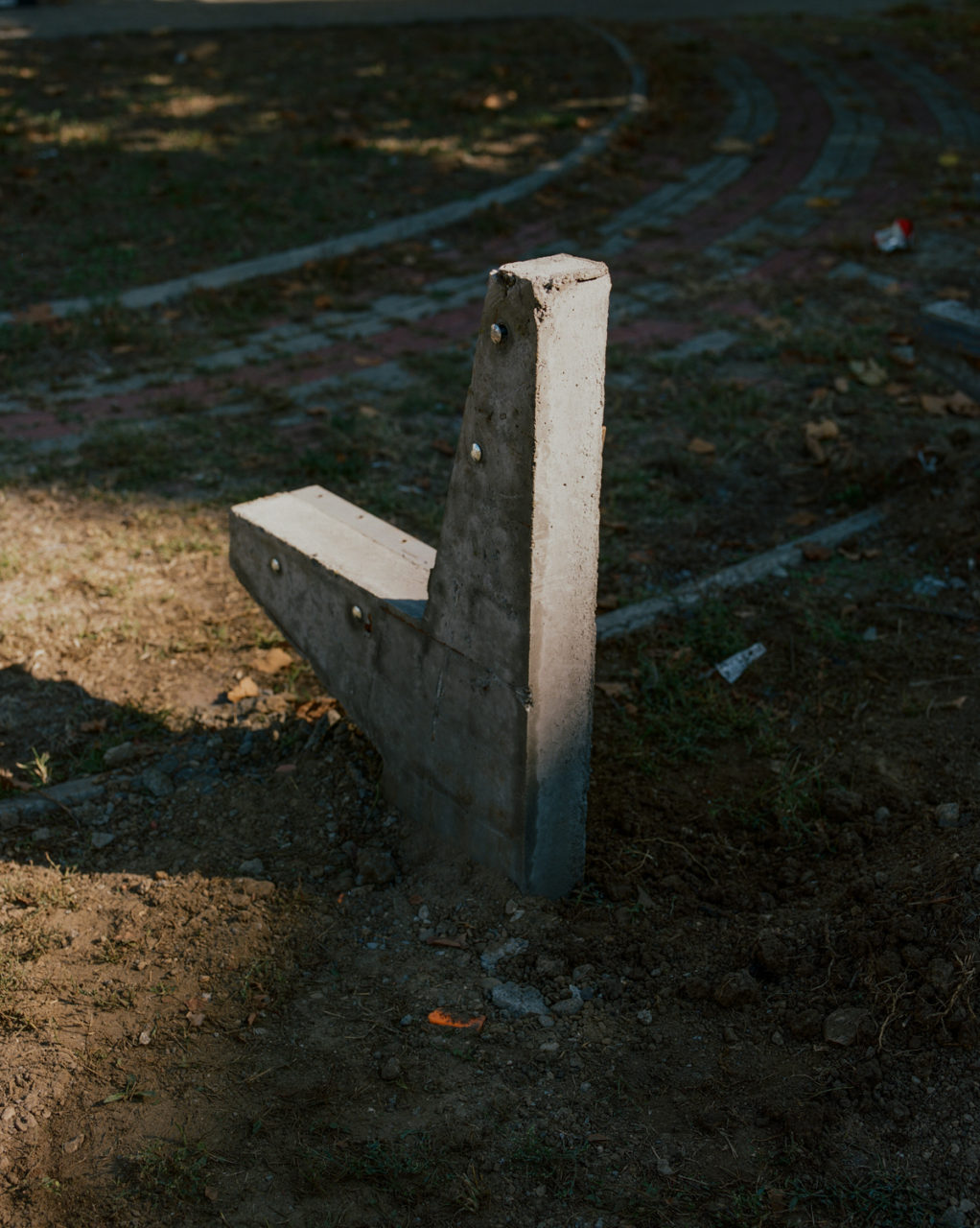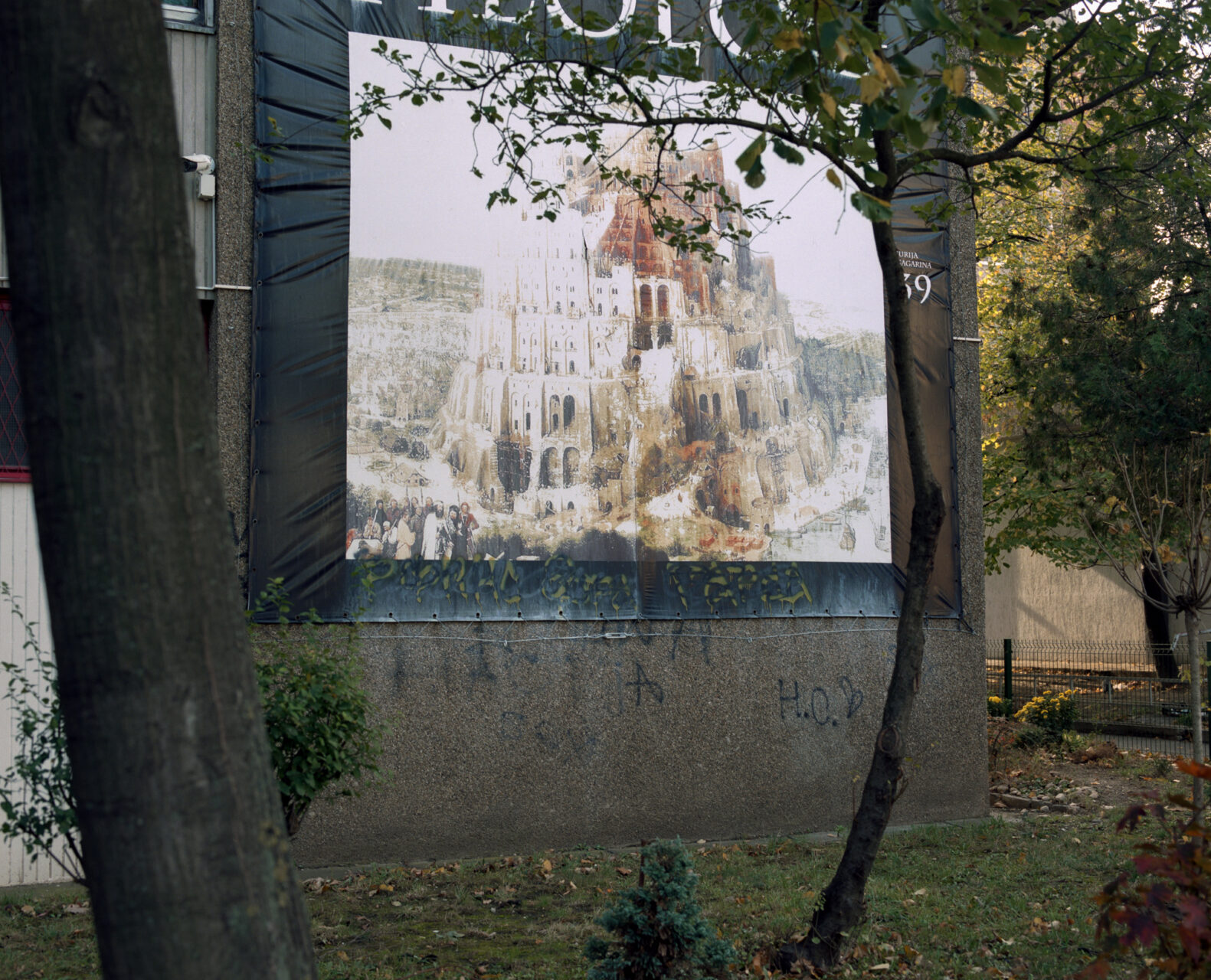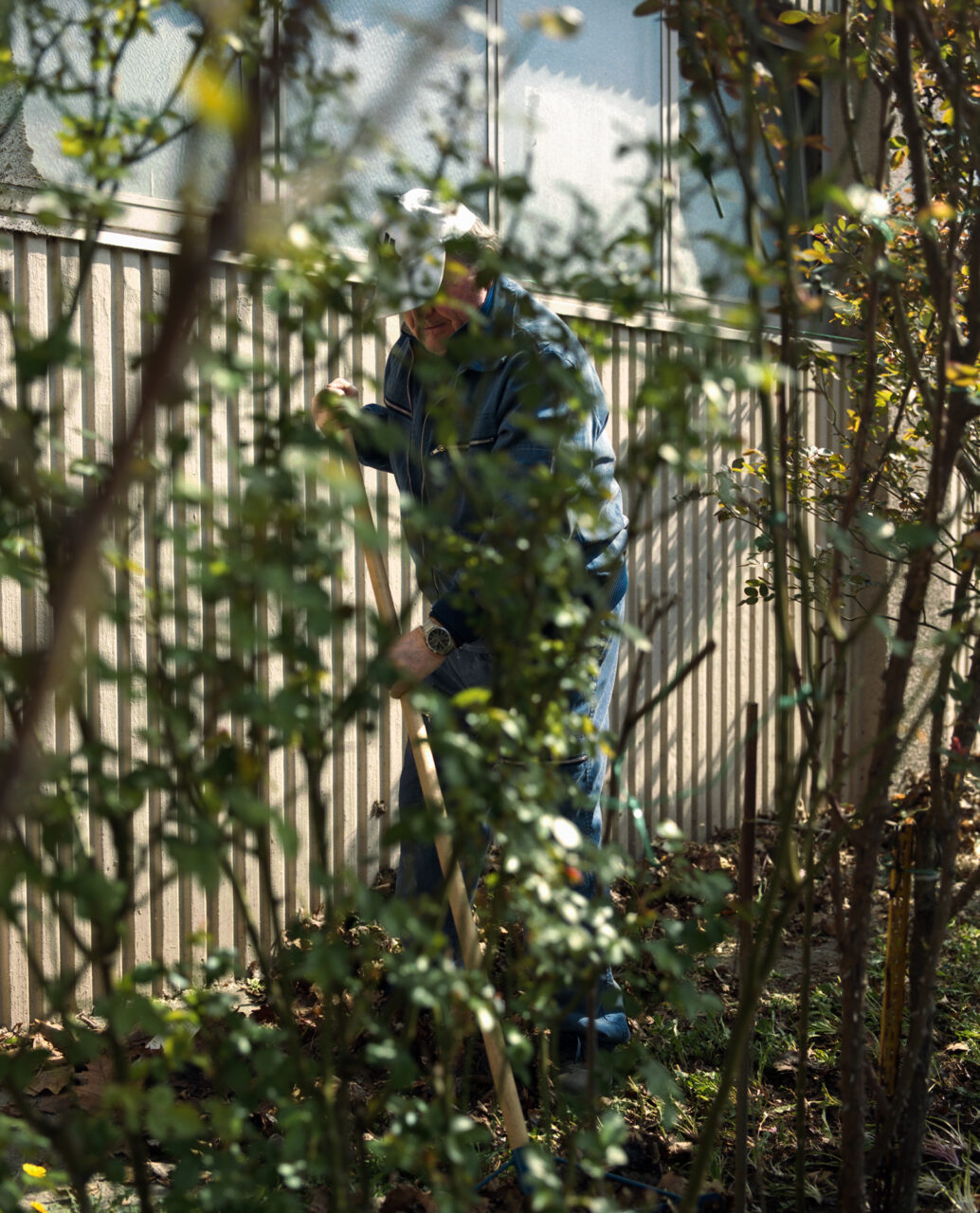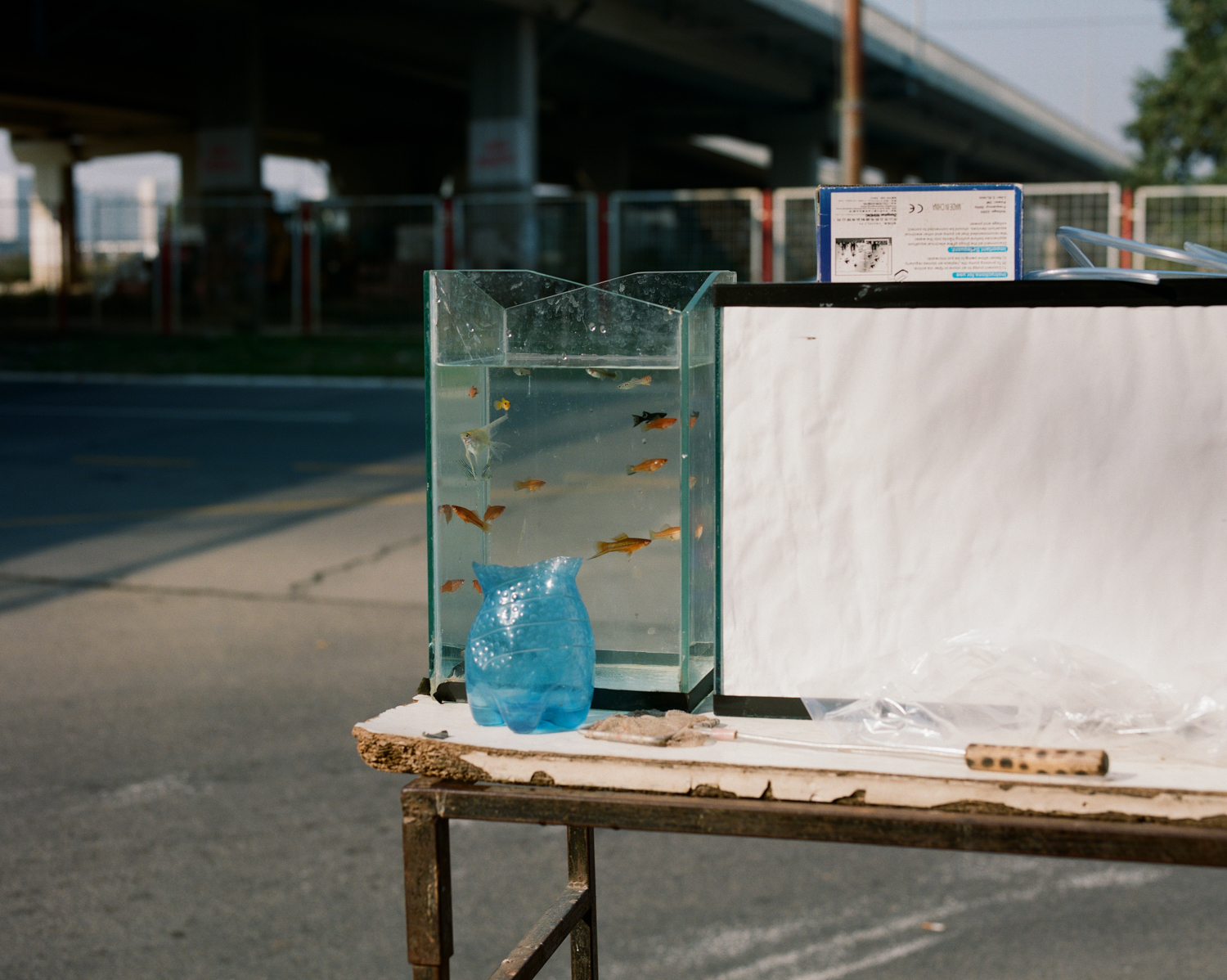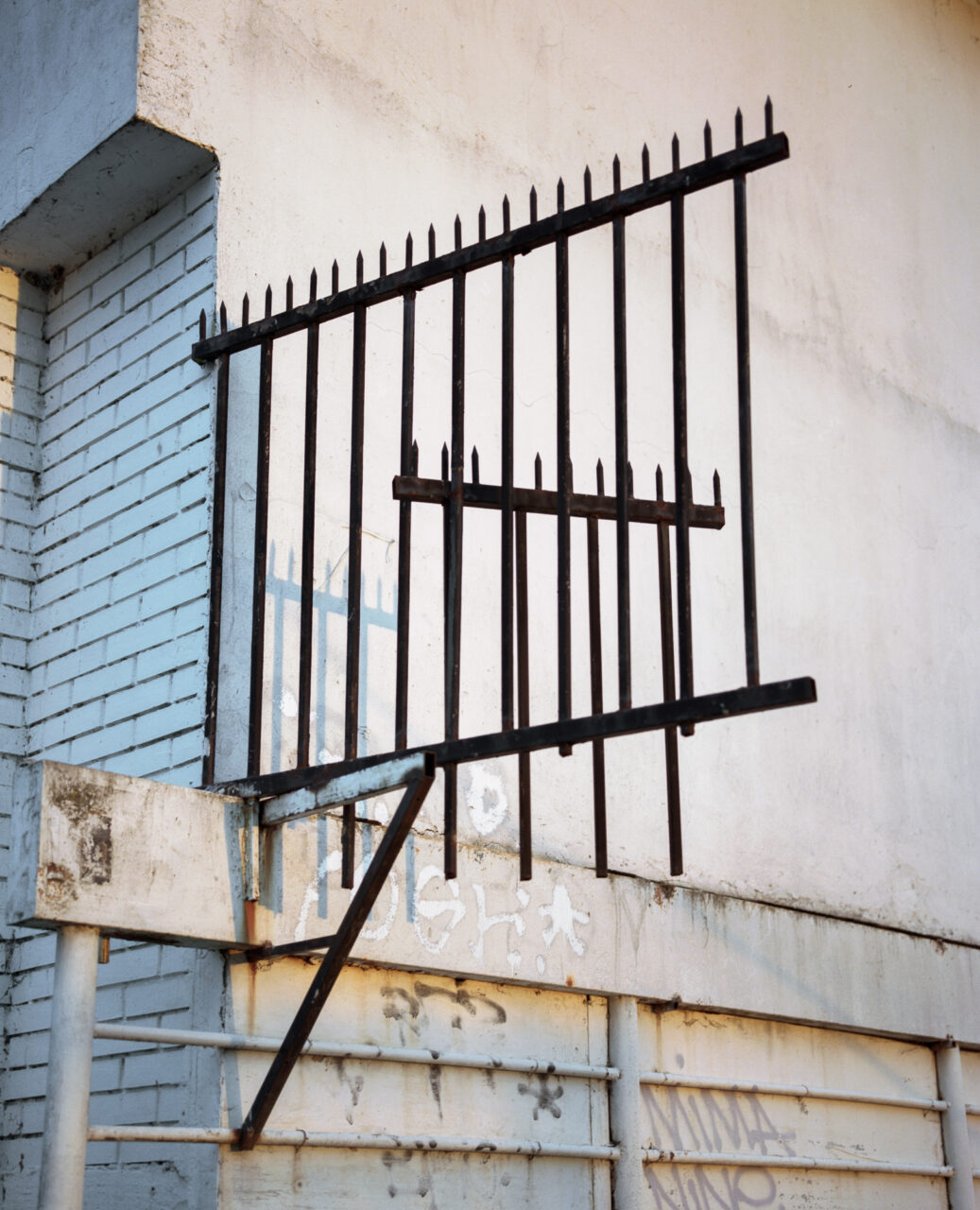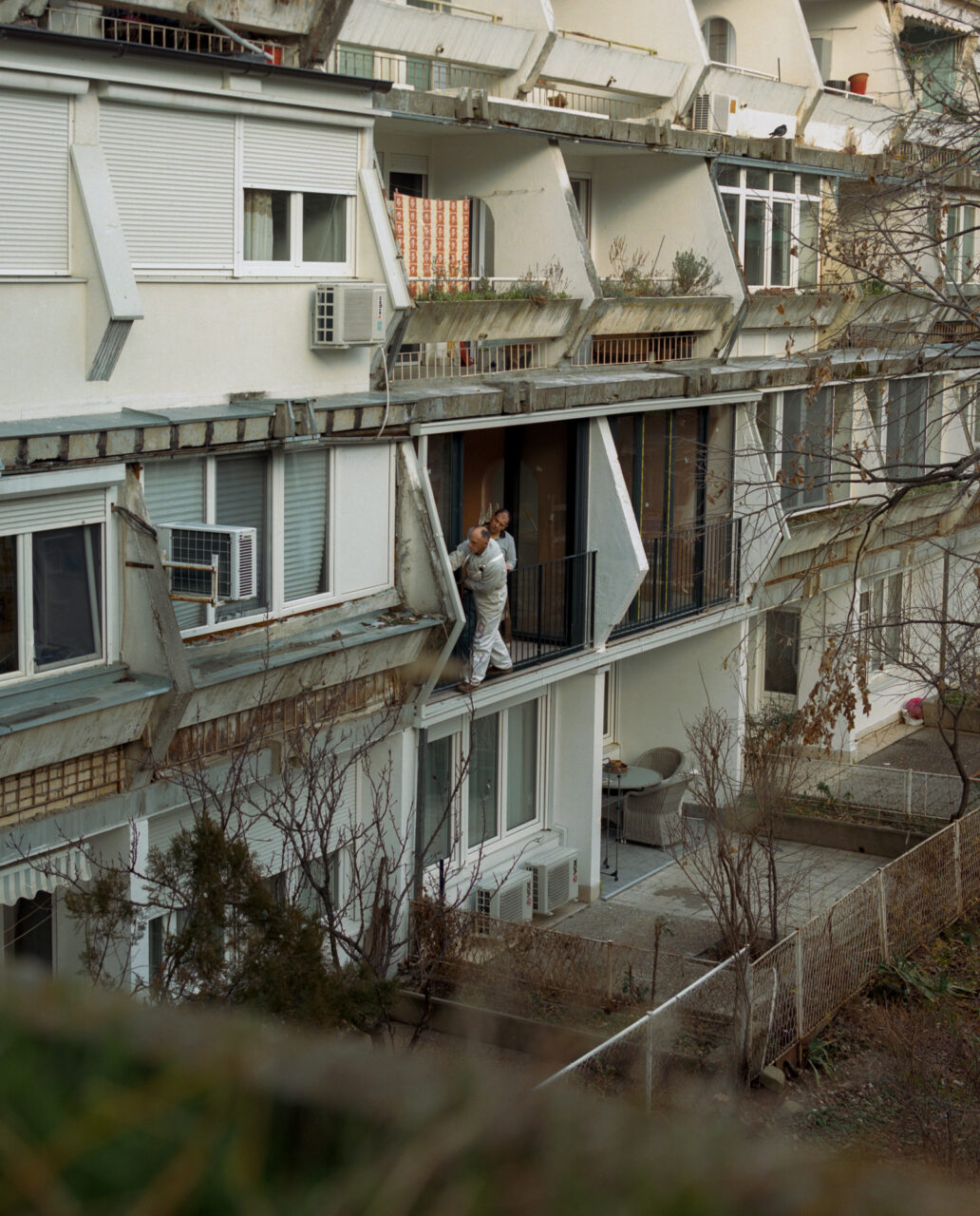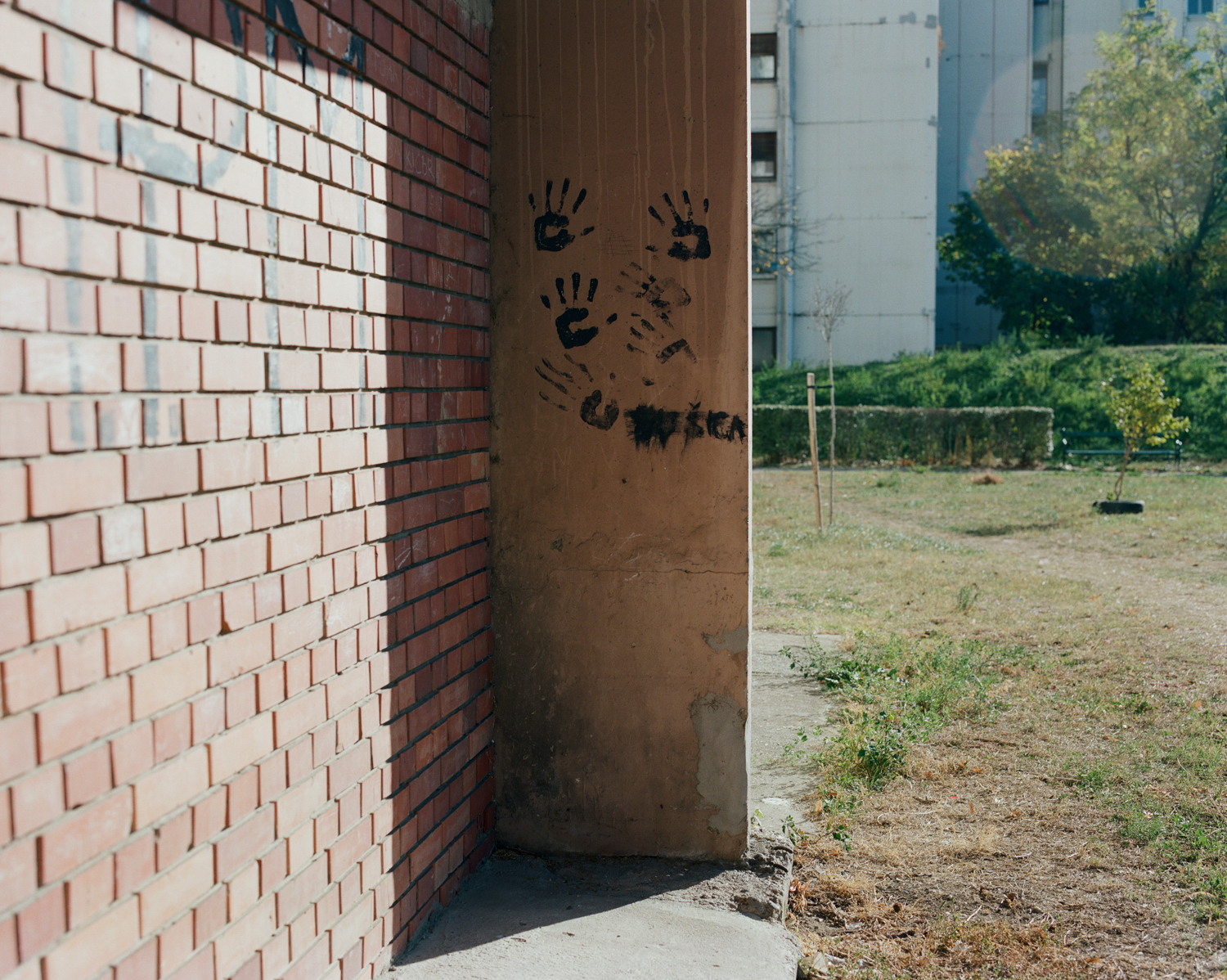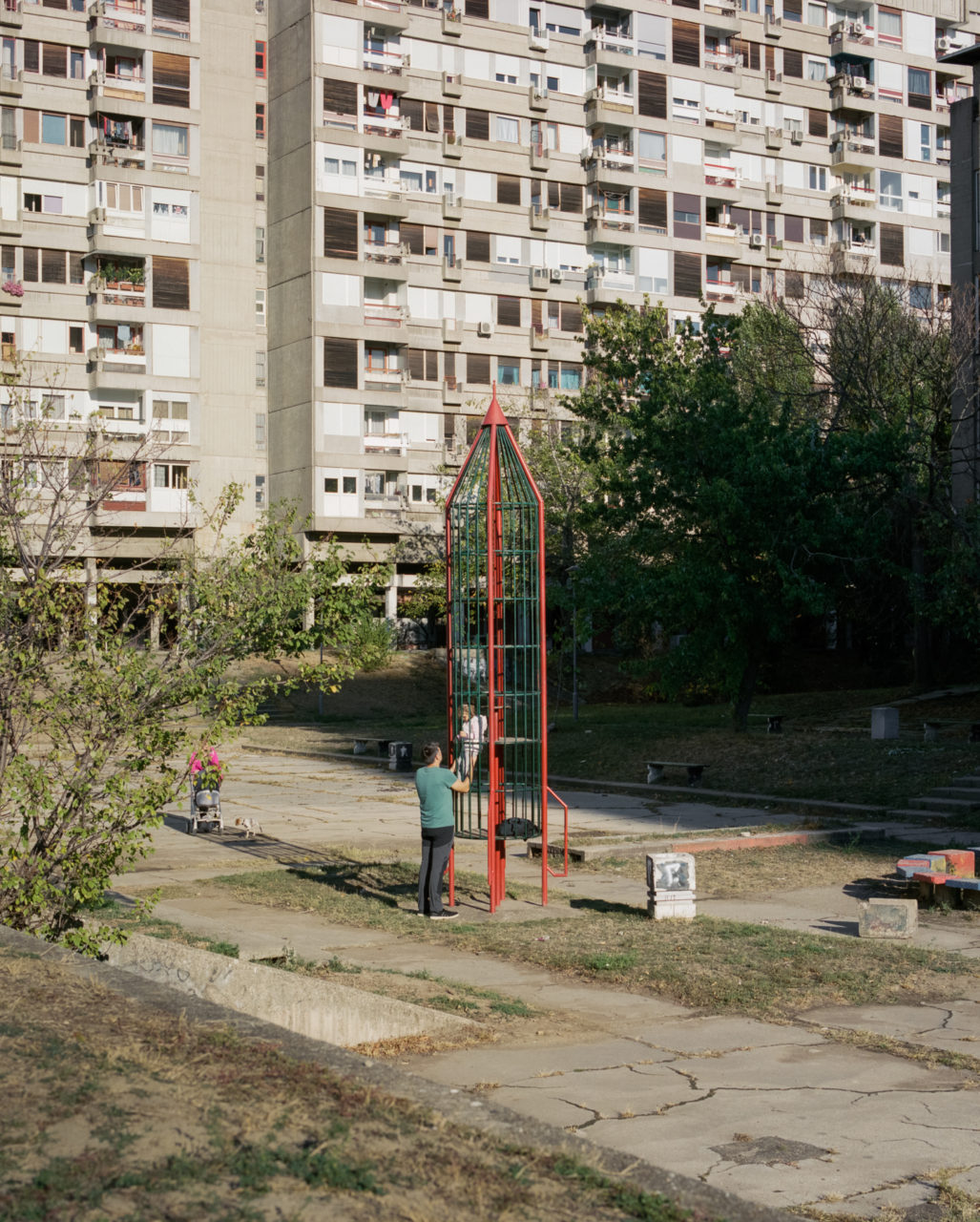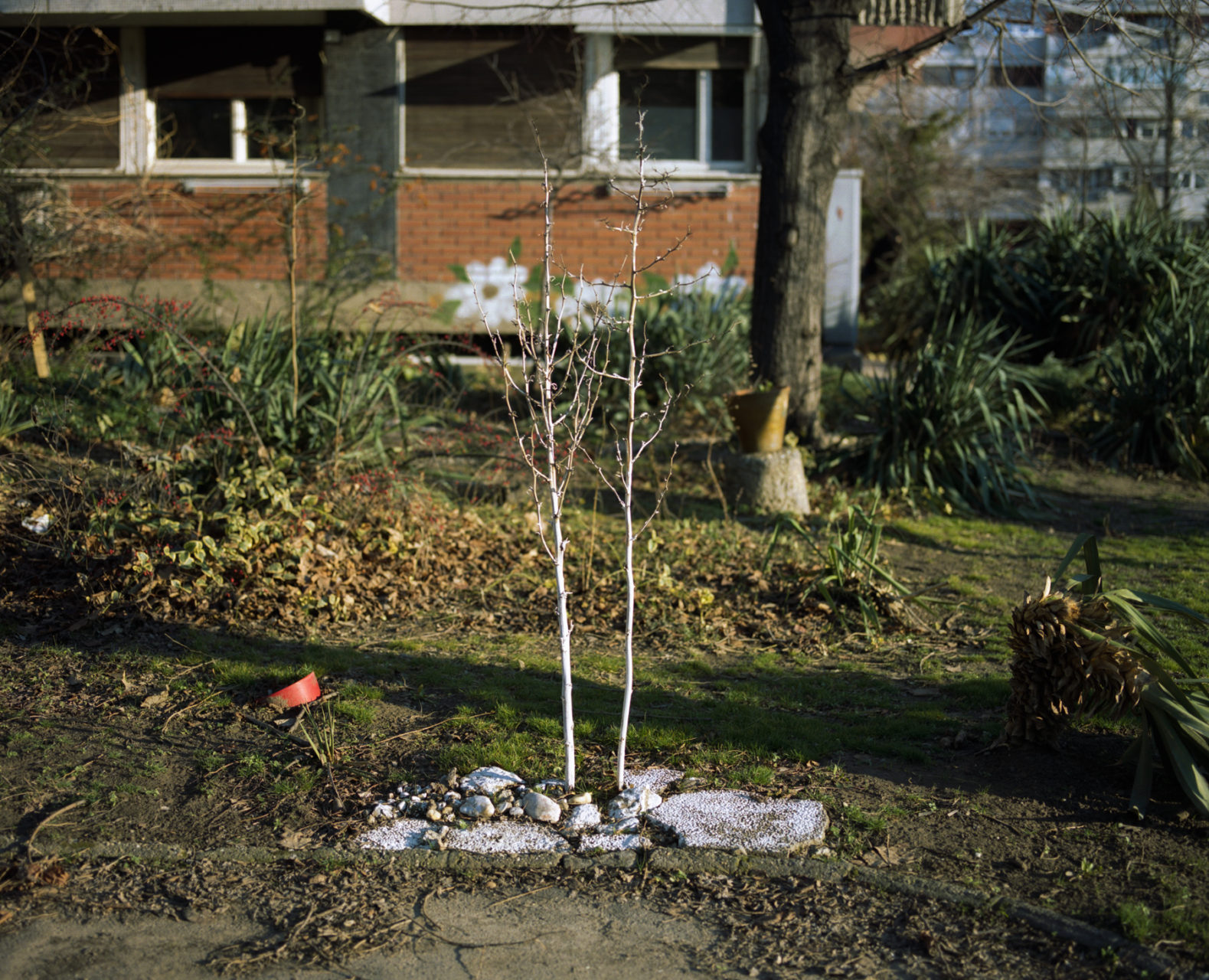As the republic of Yugoslavia emerged from the Second World War, the urban planners of the capital city, Belgrade, were tasked with translating the optimism of the era into concrete and stone. Inspired by principles of modernism and the Yugoslav ideals of brotherhood and unity, they envisioned a city of Brutalist structures and orderly natural spaces that would honor the country’s founding values and mark its ascendance as a modern socialist state. Rather than change Belgrade’s existing urban design, a centuries-old web of alleyways and competing architectural styles, the planners looked to the city’s western marshes as the perfect place to start anew–to design an entire city, and the community it would hold, from the ground up.
Today, three decades after the Yugoslav experiment came to an end, the city of New Belgrade continues to evolve as a landscape of overlapping utopian visions. As modernist neighborhoods from the Yugoslav era compete for space with the glimmering structures of global capitalism, the city has become a constant site of negotiation between these visions and the values they represent. At the same time, the communities who call New Belgrade home continue to shape the city’s spaces to meet needs as everyday as waiting for a bus or planting a garden. The Dormitories examines the impact of these processes, both large and small, as they play out in New Belgrade’s urban fabric. In doing so, the project explores what it might mean to forge the present in the shadow of the past–to build home within an order that no longer exists.
